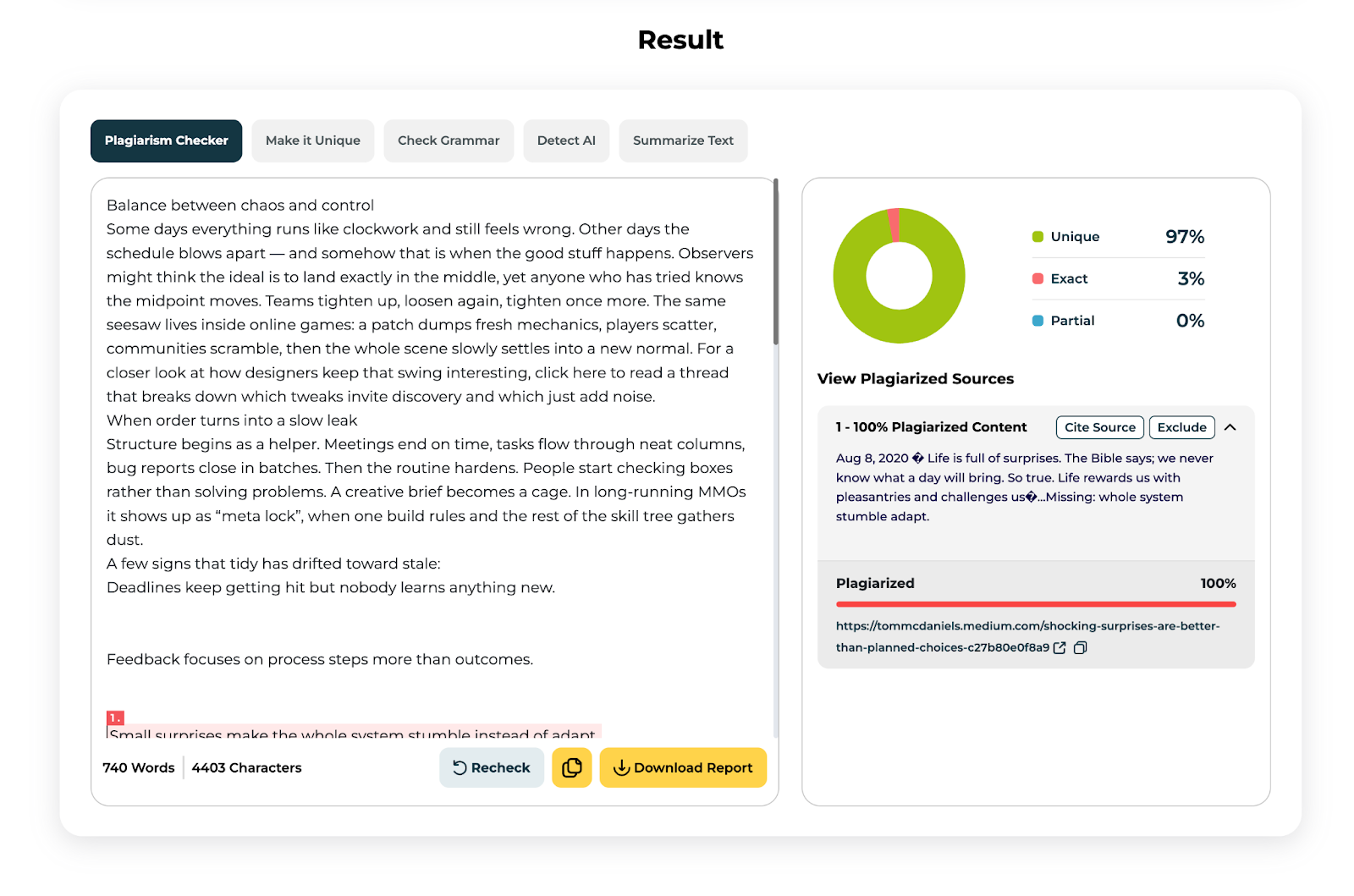Some days everything runs like clockwork and still feels wrong. Other days the schedule blows apart — and somehow that is when the good stuff happens. Observers might think the ideal is to land exactly in the middle, yet anyone who has tried knows the midpoint moves. Teams tighten up, loosen again, tighten once more. The same seesaw lives inside online games: a patch dumps fresh mechanics, players scatter, communities scramble, then the whole scene slowly settles into a new normal. For a closer look at how designers keep that swing interesting, click here to read a thread that breaks down which tweaks invite discovery and which just add noise.
When order turns into a slow leak
Structure begins as a helper. Meetings end on time, tasks flow through neat columns, bug reports close in batches. Then the routine hardens. People start checking boxes rather than solving problems. A creative brief becomes a cage. In long-running MMOs it shows up as “meta lock”, when one build rules and the rest of the skill tree gathers dust.
A few signs that tidy has drifted toward stale:
- Deadlines keep getting hit but nobody learns anything new.
- Feedback focuses on process steps more than outcomes.
- Small surprises make the whole system stumble instead of adapt.
Order isn’t the enemy, yet too much of it drains momentum the way a tiny puncture flattens a tire — slowly, then completely.
Why a bit of disorder jolts the pulse
Chaos shows up louder. A key employee leaves, a funding deal wobbles, an expansion re-balances every enemy type. At first the energy feels wild and wasteful. Holiday breaks vanish into emergency calls. Loot tables glitch. Coffee spills on sprint plans. And yet, inside the mess, fresh routes appear.
- Scarce time forces people to cut polite extras and face core problems.
- New voices jump in because old gatekeepers are busy patching holes.
- Experiments ship faster; nobody has bandwidth for endless debate.
- Failure happens in daylight, so fixes land where everyone can see.
- Small victories feel stronger — nobody expected them to land at all.
Uncontrolled motion can’t last forever, but it often wakes talent that order had quietly lulled to sleep.
The real midpoint keeps sliding
Balance isn’t a line — it’s a moving coastline between the two tides. Monday might lean toward daily stand-ups and strict Kanban limits. By Thursday the same crew could need an open mic brainstorm with zero agenda. Smart leaders watch mood like weather. When conversation sounds flat, they loosen rules; when chatter floods channels, they anchor one clear rule and let the rest wait.
A quick home-brewed framework some groups use:
- Pulse — a light check-in on how people actually feel, not just what they finished.
- Pivot slot — one hour each week reserved for changing a plan without red tape.
Those two points alone catch most drift before it tips too far.
Lessons borrowed from player culture
Old multiplayer titles prove the pattern over and over. A long patch cycle breeds perfect, rigid rotations; fresh content wrecks them; guides rewrite; clans argue; after a month a new rhythm forms. Developers who resist the urge to freeze the game at either extreme keep communities around longer. They patch softly — some stability here, a wildcard boss there — and let players do the rest.
Office systems can echo that approach. After a reorg, lock just one dependable ritual, like a twenty-minute Monday mapping session. Leave the rest fuzzy; let new workflows surface. Once things settle, freeze the best bits and retire the ones nobody misses. The pendulum keeps moving, but the swings get shorter, smoother.
Choosing a gentle correction over a grand fix
Most tilt problems respond to small nudges. If everything feels chaotic, add one boundary: a time box, a single source of truth, a rule that meetings end at task, not at the hour mark. If life feels stuck in concrete, punch in one pocket of freedom: role swap for a sprint, silent no-laptop afternoons, or permission to trash an old template.
Perfect equilibrium is a myth. What matters is noticing tilt early — then pushing back lightly before inertia locks in. Control without chaos will hush ideas; chaos without control will scatter them. The work is to ride both currents, changing grip as the flow shifts. In that motion — messy, restless, but alive — real progress hides and waits to be found.
















